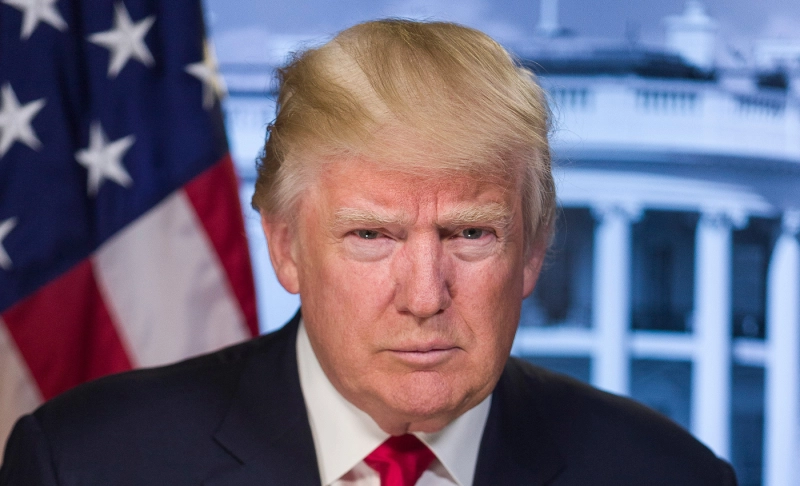By: Ilma Hasan
September 9 2020

More than the trade deal with the 11 Pacific Rim countries, it is automation that affected American jobs.
More than the trade deal with the 11 Pacific Rim countries, it is automation that affected American jobs.President Donald Trump blamed the Trans-Pacific Partnership (TPP), one of the largest regional accords in history, for the loss of American jobs, particularly in the manufacturing sector. However, experts argue that the rise in unemployment opportunities has more to do with the evolution of technology than the deal itself. Although America has indeed lost some factory jobs because of free trade, the number of jobs affected—indicating jobs lost in import-impacted industries and gained in export-impacted industries— ranging from 18,900 to 160,700 jobs per year, according to Peterson Institute for International Economics. Given the 55.5 million job changes in 2014, a typical number for non-recession years, TPP would have affected job churn by less than 0.1 percent, the study states. According to a senior economist at the Economic Policy Institute, trade deficits between the U.S. and the eleven countries contributed to an estimated loss of 2 million jobs in 2015. Rapidly rising U.S. trade deficits owing to currency manipulation with several member countries was the significant cause of job loss. From the ten states that were most hit, seven belonged to the Midwest and Southeast, particularly motor vehicles and parts manufacturing jobs. The 2 million jobs lost included nearly 419,000 direct jobs in commodity and manufacturing industries that competed with unfairly traded goods from TPP member countries, over 847,000 indirect jobs in supplier industries, and an additional estimated 756,000 'respending' jobs. The deal was seen as a means for the U.S. to participate in the ongoing rise of emerging Asian economies and be a part of cross-border trade between those countries. Economists claim pulling out of the deal would aide China in becoming the replacement. A hallmark of the Obama administration, the trade deal was made between 12 countries whose combined annual GDP amounted to $28 trillion, representing roughly 40 percent of global GDP and one-third of world trade. In 2016, the agreement became a talking point in the presidential campaign. The nominees of both major parties opposed it as causing the loss of United States jobs overseas. In January 2017, on his first full workday in office, Trump formally abandoned the trade deal. In conclusion, if Trump's statement implied that the deal led to the outsourcing of jobs hampering American job opportunities, the statement is factually incorrect since experts claim automation had a lot more to do with it. However, Trump's statement is correct in as far as TPP's implementation did have certain flaws that led to job losses.